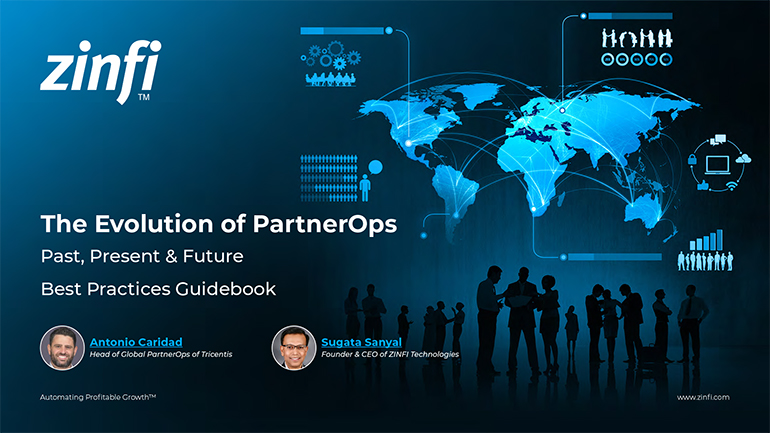Scaling a SaaS unicorn starts with nailing product-market fit. Sal Sferlazza explains that understanding customer pain points is essential before developing a product. At NinjaOne, his team conducted hundreds of customer interviews to validate market demand. By focusing on zero training time and ease of use, they created a product that solved real-world IT challenges.
A strong product-market fit ensures a clear value proposition that attracts early adopters. Sal emphasizes that iterating based on customer feedback is the key to refining a product. Startups that rush to market without deep customer insights often struggle with adoption. NinjaOne’s early customer engagement strategy allowed them to identify critical product features before launch.
To scale a SaaS unicorn, businesses must continuously evaluate market needs and expand accordingly. Sal shares how NinjaOne’s initial focus on MSPs eventually led to broader adoption in internal IT departments. Recognizing when to pivot or expand is essential to maintaining long-term growth. Companies that master market timing can create sustainable competitive advantages.













